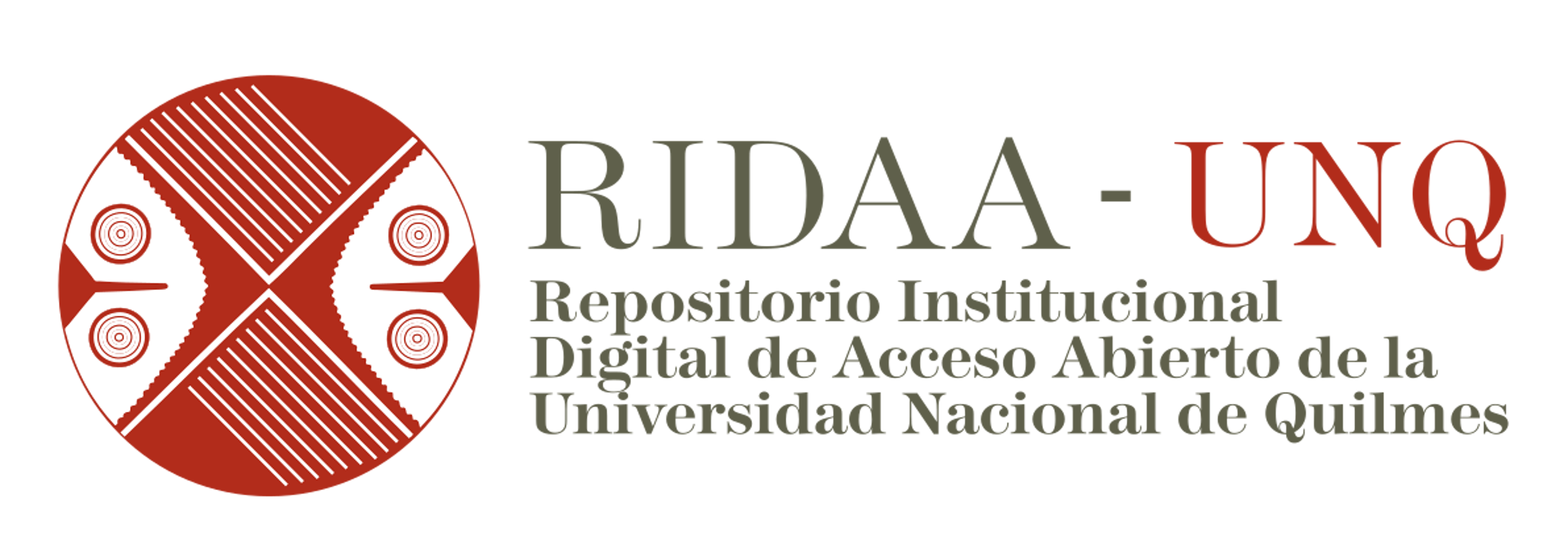El imaginario instituido nuclear de la reforma educativa Secundaria del Futuro en la Ciudad de Buenos Aires
Abstract
Nos proponemos en esta investigación describir el imaginario instituido nuclear de la reforma educativa Secundaria del Futuro (SF) implementada por la Ciudad Autónoma Buenos Aires entre los años 2020 y 2022 en el ciclo inicial del nivel secundario (primero y segundo año). Conocer el imaginario central de una reforma es fundamental en la medida en que en él se manifiesta su configuración ideológica implícita, su constitución real. Tal configuración ideológica permite unir variados aspectos de la reforma -prácticas, valores, ideas, etc.- en una síntesis comprensible.
Concebimos el imaginario instituido en los términos de Cornelius Castoriadis (1975): esto es, como un haz de significaciones sociales, anónimas y colectivas que dan sentido a prácticas, valores e ideas de una sociedad o una parte de ella (como a una institución o una reforma educativa, por caso). Estas significaciones pueden ser nucleares, es decir, las partes centrales de la organización de un imaginario. En la modernidad, el imaginario no es otra cosa que ideología (Fernández, 2007). Entendemos ideología en sentido neutral, como sistema de ideas constituidos por esquemas de pensamiento que organizan ideas, valores y prácticas de un modo específico (Morin 1996).
Consideramos a la investigación relevante, entre otros motivos, en que la SF comienza a extenderse progresivamente a todos los años de la educación secundaria tanto estatal como privada.
Para nuestro objetivo, hemos decidido abordar a la SF desde tres modos sin que convergen; ellos pueden vincularse para corroborarse o desmentirse mutuamente en un proceso de triangulación.
Por un lado, realizamos entrevistas en profundidad a docentes de diversas escuelas de gestión estatal que experimentaron la reforma. Por el otro, analizamos documentos ministeriales sobre la SF. Por último, mediante observaciones participantes y herramientas de la etnografía y el análisis institucional, analizamos los espacios docentes de Trabajo Colaborativo Conjunto (TCI) en los cuales se planifican y diseñan los Proyecto y el trabajo interdisciplinario entre asignaturas, el eje central de la SF.
En nuestro análisis descubrimos que, si bien la SF ha sido considerada por el Gobierno de la Ciudad Autónoma de Buenos Aires como una revolución educativa, en realidad nos encontramos con una reforma muy tradicional de tipo burocrático, tal como manifiestan las significaciones nucleares de su imaginario.
Creemos que nuestro trabajo se justifica en la medida que encontramos no pocos núcleos de tensión entre ciertas pretensiones teóricas de la SF y su implementación práctica. El lector encontrará en este trabajo las reflexiones de los profesores sobre la reforma y el análisis de las cuestiones organizativas de la SF junto a las premuras ministeriales por imponerla en contextos institucionales complejos. También encontrará un análisis de las prácticas de los docentes para implementar el trabajo interdisciplinario y por Proyectos.
A partir de estos núcleos y el análisis de las significaciones imaginarias nucleares de la SF nos han surgido interrogantes que creemos serán fructíferos para futuras investigaciones dedicadas a la SF o a las reformas educativas en general. The purpose of this research is to describe the nuclear instituted imaginary of the Secondary of the Future (SF) educational reform implemented by the Autonomous City of Buenos Aires between 2020 and 2022 in the initial cycle of the secondary level (first and second year). Knowing the central imaginary of a reform is fundamental insofar as its implicit ideological configuration, its real constitution, is manifested in it. Such ideological configuration makes it possible to unite various aspects of the reform -practices, values, ideas, etc.- in a comprehensible synthesis.
We conceive of the instituted imaginary in the terms of Cornelius Castoriadis (1975): that is, as a bundle of social, anonymous and collective meanings that give meaning to practices, values and ideas of a society or a part of it (such as an institution or an educational reform, for example). These meanings can be nuclear, that is, the central parts of the organization of an imaginary. In modernity, the imaginary is nothing other than ideology (Fernández, 2007). We understand ideology in a neutral sense, as a system of ideas constituted by thought schemes that organize ideas, values and practices in a specific way (Morin, 1996).
We consider the research relevant, among other reasons, in that SF is beginning to extend progressively to all years of both state and private secondary education.
For our purpose, we have decided to approach SF from three converging modes; they can be linked to corroborate or disprove each other in a process of triangulation.
On the one hand, we conducted in-depth interviews with teachers from various state-run schools that experienced the reform. On the other hand, we analyzed ministerial documents on SF. Finally, through participant observation and the tools of ethnography and institutional analysis, we analyzed the teaching spaces of Joint Collaborative Work (TCI) in which the projects and interdisciplinary work between subjects, the central axis of SF, are planned and designed.
In our analysis we discovered that, although the SF has been considered by the Government of the Autonomous City of Buenos Aires as an educational revolution, in reality we are faced with a very traditional reform of a bureaucratic type, as manifested by the core meanings of its imaginary.
We believe that our work is justified to the extent that we find not a few cores of tension between certain theoretical pretensions of SF and its practical implementation. The reader will find in this work the teachers' reflections on the reform and the analysis of the organizational issues of SF together with the ministerial haste to impose it in complex institutional contexts. You will also find an analysis of teachers' practices to implement interdisciplinary and project-based work.
From these cores and the analysis of the core imaginary meanings of SF, questions have arisen that we believe will be fruitful for future research on SF or educational reforms in general.

